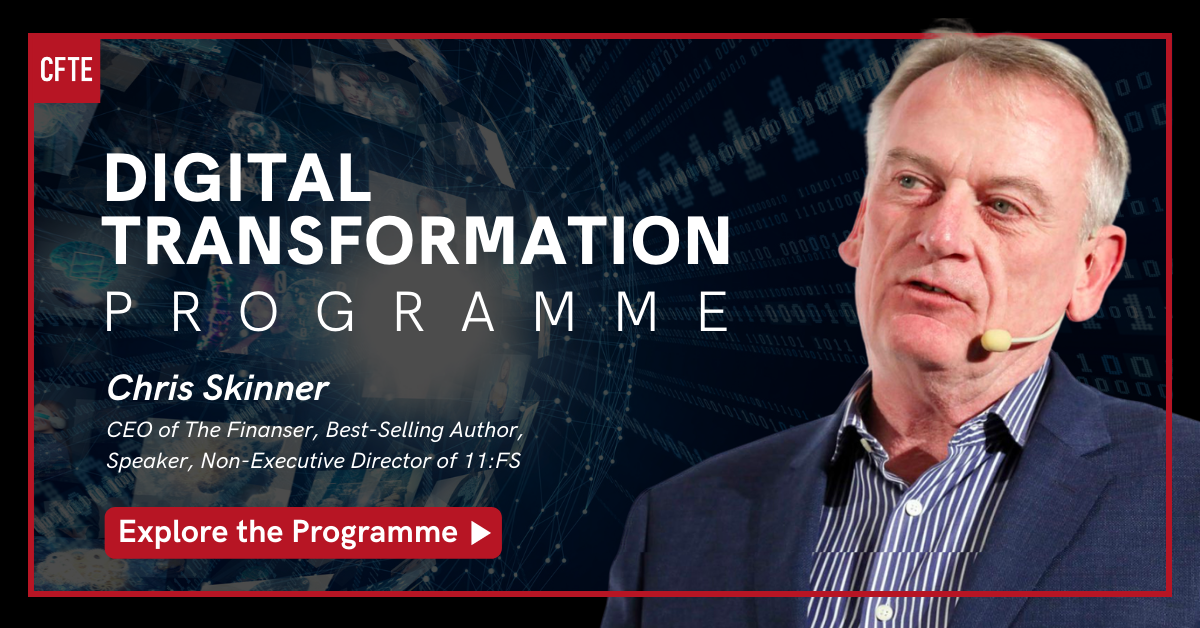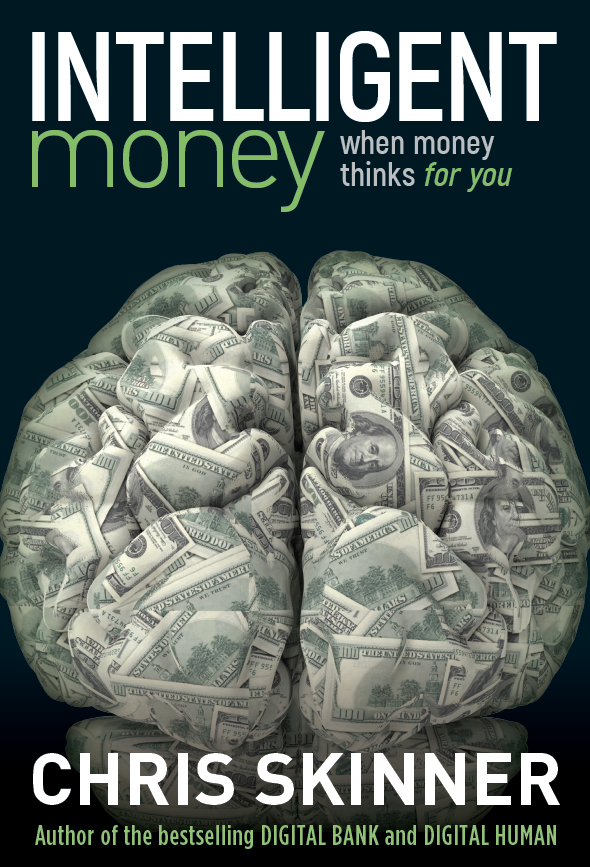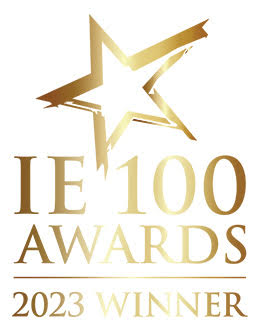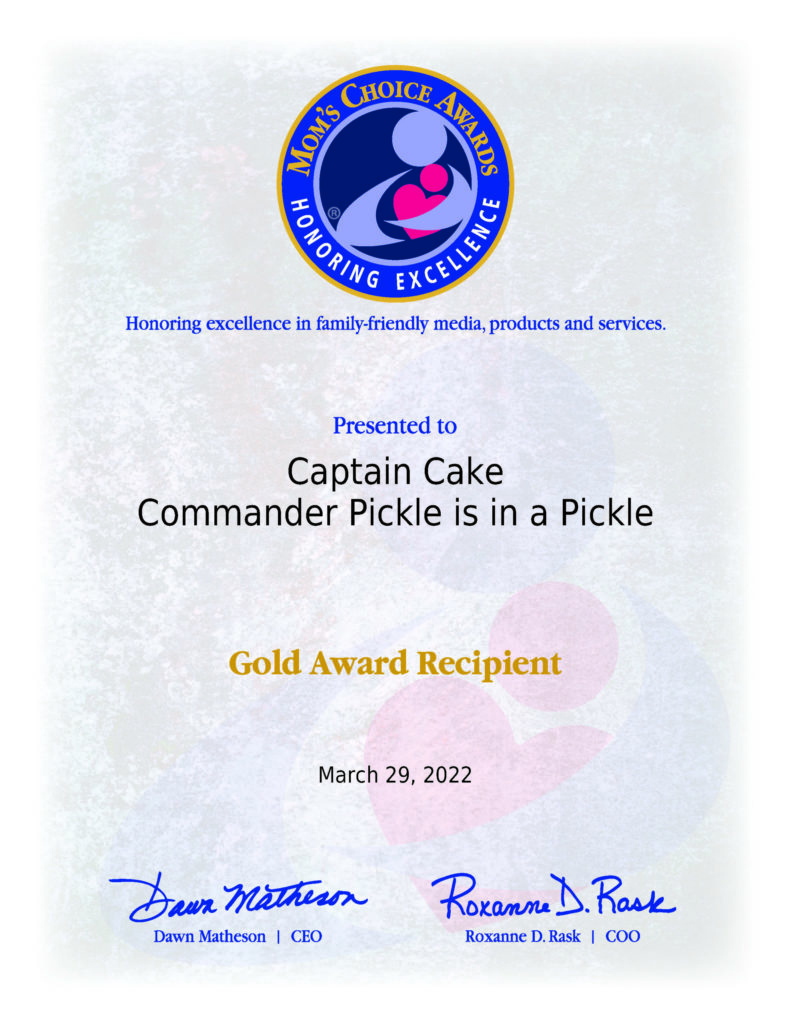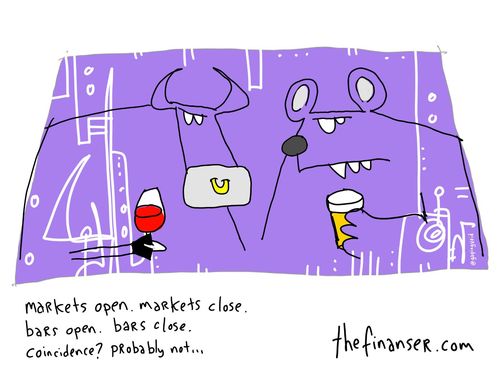
A lengthy discussion yesterday about retail distribution channels for banks.
The debate began with whether a traditional bank could succeed in launching new channels against clean sheet start-ups.
The answer, imho, is no.
First, a different audience is attracted to the new channel.
Second, a traditional bank brand is not needed for the new channel.
And third, and most importantly, a traditional bank always struggles to add the new channel, whilst the start-up gears specifically for this capability.
That is why you have great branch-based banks that are average-to-poor at call centre and digital channels; great call centre banks that are average-to-poor at digital too; and great digital banks that are average-to-poor at the human side of the business.
One thing that pervades all of these channels however is that they are human.
The human design of the digital channel is what makes a digitised bank rock or roll.
I know this through the creation of the UK’s first wave of digital finance in the form of Egg, Intelligent Finance, Cahoot and Smile.
Of these, the one that sank out of sight the fastest was Intelligent Finance: a digital bank designed by technologists for technologists.
It stank.
Jam jars and layers of security turned the customer off.
Meantime, Smile was intuitively human and rocks.
That is why it has stayed the course and, along with First Direct, regularly stars at the top of the customer satisfaction tables.
In both cases, you have banks that are remote.
So who needs the human interaction in the physical space?
This led to another discussion about demographics, and the fact that the young, educated and higher earners are more likely to approach the remote channels whilst the elderly, less educated and lower earners need the branch.
Obviously this is not cut and dried, but if you look at the Nationwide or Lloyds in the UK, they attract the latter categories of customer as a general rule, whilst the First Direct specifically target, gain and retain the former.
So this led me to a final thought.
The mix of channels, demographics, products and profitability is a complex one.
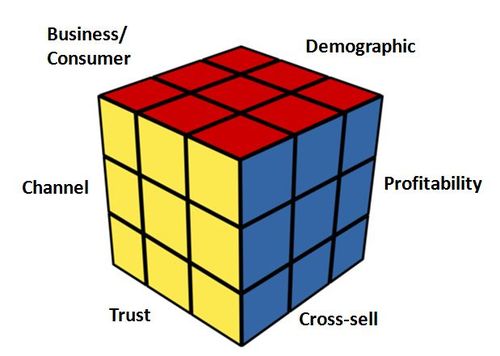
Some ABC types want pure remote channels, whilst some want branch for trust.
Some C2DE types want branches only, whilst some will use mobile apps.
Some SMEs need branches, and some don’t.
All customers however will move to the bank segment that best fits their need, which is why all banks offer as much of a multichannel mix as possible.
It makes sense, but is less understood by commentators when they talk generically about branchless banking or less branch banking.
Eventually, we will all see how this mix works best.
Meantime, I did pose one question I haven’t answered yet: would the purely digital banks succeed if they weren’t backed by a major bank?
Still thinking about that one.
Chris M Skinner
Chris Skinner is best known as an independent commentator on the financial markets through his blog, TheFinanser.com, as author of the bestselling book Digital Bank, and Chair of the European networking forum the Financial Services Club. He has been voted one of the most influential people in banking by The Financial Brand (as well as one of the best blogs), a FinTech Titan (Next Bank), one of the Fintech Leaders you need to follow (City AM, Deluxe and Jax Finance), as well as one of the Top 40 most influential people in financial technology by the Wall Street Journal's Financial News. To learn more click here...





